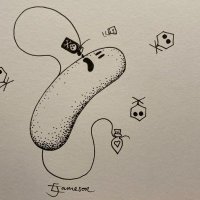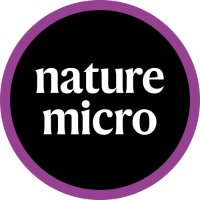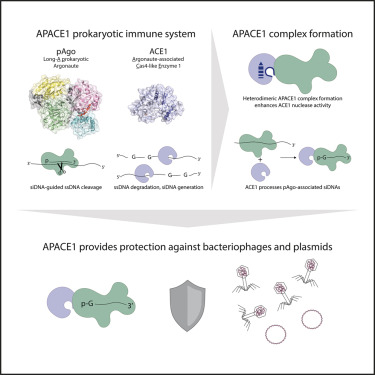
Anna Olina
@anyaolina
Postdoc @UniofExeterESI
ID: 1065217050170277888
21-11-2018 12:15:10
144 Tweet
118 Followers
140 Following


The sequel to our DRT2 story is here, and this one is once again full of surprises! This time around, the Sternberg Lab teamed up with the Wiedenheft Lab to study how DRT9 reverse transcriptases provide antiviral immunity. Here’s what we found: biorxiv.org/content/10.110…


Sisi Lin (Shanghai Jiao Tong University) and colleagues published a new paper on coating #phage-infected bacteria with polymers, showing this preserves phage vitality and improves therapeutic outcomes in mouse models of bacterial infection compared to uncoated phages. buff.ly/V4cKbNb
















White smoke, we have not only a new pope, but also 16 new anti-phage systems in integrons ! In collaboration with the Didier Mazel lab, we show in our new paper that cassettes of these large platforms encode known anti-phage defenses and uncovered 16 new ones. science.org/doi/10.1126/sc…

Out now in Molecular Cell: Cyanobacterial Argonautes and Cas4 family nucleases cooperate to interfere with invading DNA cell.com/molecular-cell… Most long-A pAgos interfere with invading DNA solo. Why then are cyanobacterial pAgos co-encoded with a Cas4-like protein? A 🧵



